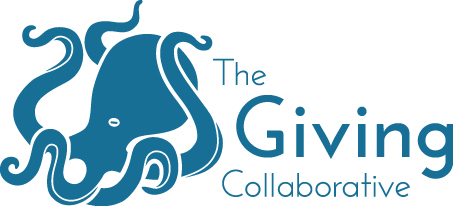Keep smiling, you tell yourself.
Your CEO is informing you, the chief development officer, that your organization’s board just approved a major building project that hadn’t been on your radar. What also wasn’t on your radar: a $10 million capital campaign (or $25 million or $50 million) that’s needed to supplement other funding sources.
Maintain a good poker face, you think. After all, a well-planned, successful capital campaign will take your philanthropy program to a higher level.
And there’s more news: your CEO wants to break ground in six to 12 months if fast-tracked approvals can be secured. And who, she asks, should lead the capital campaign?
Keep nodding your head, you caution yourself. How hard could it be to organize and launch a campaign that quickly, and to identify and recruit the right campaign chair?
There’s just one minor detail to consider — no one readily comes to mind who can fill this key role, and the clock is already ticking. It can be a challenge to find the right campaign chair even under ideal circumstances, which this isn’t.
How do you respond to your CEO? Do you envision yourself hemming and hawing while looking like a board member caught in the headlights when asked to solicit an acquaintance? Or do you confidently suggest the names of potential chairs who would be perfect for the job? Too many CDOs fall into the former category. To avoid trading stories with them while waiting to file for unemployment benefits, act now – years in advance of a capital campaign – to prepare yourself and your organization for a future campaign.
Start now to identify potential campaign chairs by looking first at the battle-tested — the individuals who led or held key positions in previous campaigns. Compile a list of these volunteers using information in your donor database, old campaign records and publications, and foundation or development/advancement committee minutes. Gather names and seek evaluations from current and former board members and administrators, leadership-level donors to those campaigns, and community leaders from that period. Pick the brains of incumbent and former (when appropriate) philanthropy staff members who worked on prior campaigns, who can give you the most informative and unvarnished appraisals of the major players. [Note to self: at the conclusion of my next campaign, create a list of people who should be considered for future efforts and assess their strengths and weaknesses. Also list the ones who should be avoided. Future me – or those who follow – will be grateful for this guidance.]
The constituencies listed above, along with current major donors and business/community leaders, should also be asked to suggest other potential campaign chairs and volunteers, as well as being evaluated for their own participation.
What are the essential, personal qualities that you are seeking in a campaign chair?
- Proven leader
- Ability to inspire and motivate the campaign cabinet/committee and prospects
- Knowledgeable, passionate advocate for your organization, its cause(s), and the constituents it serves
- Capacity and interest in making a pacesetting gift that will help kick off the campaign and encourage others to be equally generous
- Has a strong network of influential friends and acquaintances
- Willingness to solicit his network for gifts and volunteering
- Ability to devote the intensive time and effort needed over several years for a campaign
- Respected in the community
- Great initiative and a reputation for bringing projects to a successful conclusion
Your goal should be to create a stable of outstanding candidates, with at least several identified as potential campaign chairs or co-chairs. The process of identifying these champions should be ongoing. You will need options because some will not be interested in taking on this role, while others may not have the time available when the campaign is ready to launch. Those who are not eventually asked to serve as a chair can be invited to serve in a campaign cabinet.
Start recruiting these individuals right away. This will give you the time to get them meaningfully involved in philanthropy and to build their proficiency and comfort in effectively soliciting major gifts – and making significant gifts of their own. This testing will also help you identify those who are not right for the top job – it is infinitely better to weed them out now rather than discovering untenable weaknesses during an active campaign.
Identifying an effective campaign chair is just one step in the process of advance planning for a capital campaign. In Part 2 of this series, we’ll explore other essential moves you can make now to increase the success of your future campaign.


About The Author: Richard Solomon
Rich is The Giving Collaborative’s Vice President and Senior Consultant and an original member of the TGC team. He is an accredited fundraiser with 29 years of experience in managing successful philanthropy programs. He previously served as Executive Director of the New England Sinai Hospital Foundation in Stoughton, Massachusetts, where he led the philanthropy program for nine years. Rich is a past President and current board member of the New England Association for Healthcare Philanthropy (NEAHP). He previously served on the Board of Directors of the Association for Healthcare Philanthropy (AHP) and as a Trustee of the AHP Foundation. Rich also serves on the Board of Directors of Swim Winchester and is directing the organization’s feasibility study for a $15 million capital campaign.
More posts by Richard Solomon